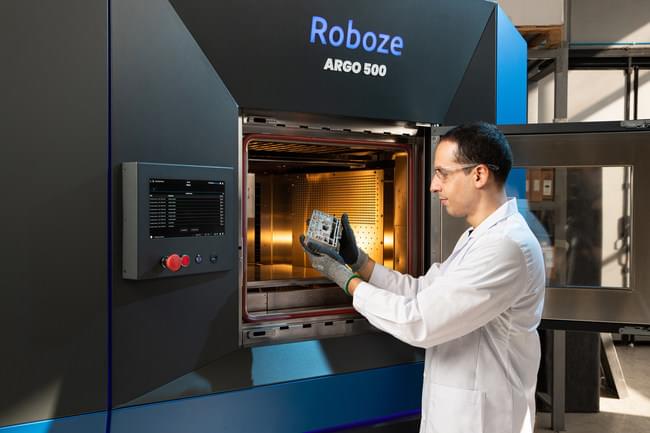If true, this idea could even help us understand all of the dark matter in our universe.
Trying to make sense of information is a universal daily experience. For physicist Melvin Vopson, this pursuit goes well beyond the mundane—he’s trying to prove that information has a physical presence. It’s a weighty task that could lead to new insights about how we can manage the future of information storage. It could also lead to a fundamental shift in how we think about the universe.
Vopson, who studies information theory at University of Portsmouth in the United Kingdom, wants to use an experiment to confirm that elementary particles have measurable mass. It would involve a matter-antimatter annihilation process that would shoot a beam of positrons at electrons in a piece of metal. Positrons and electrons are both subatomic particles, with the same mass and magnitude of charge. However, positrons are positively charged, and electrons are negatively charged.








